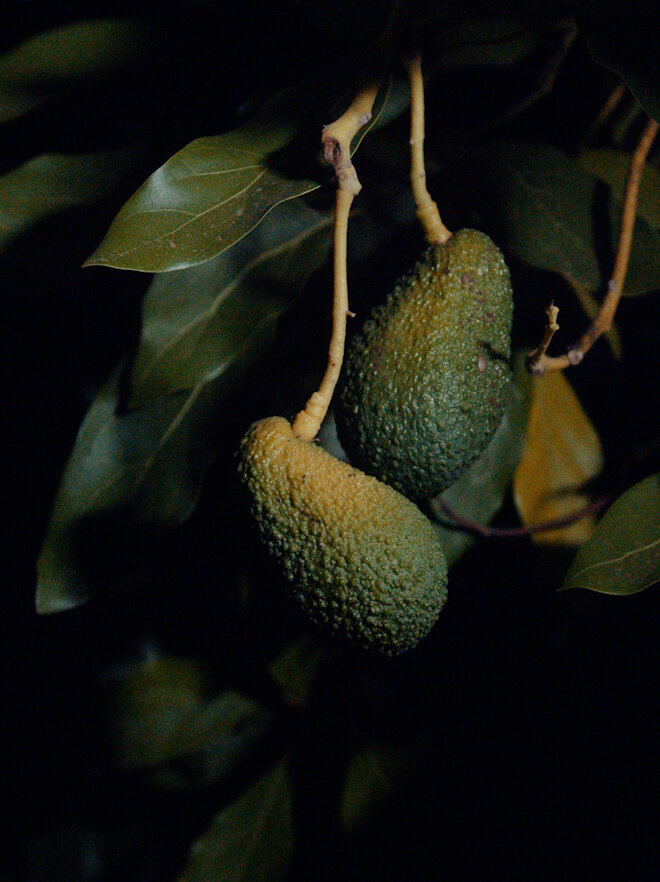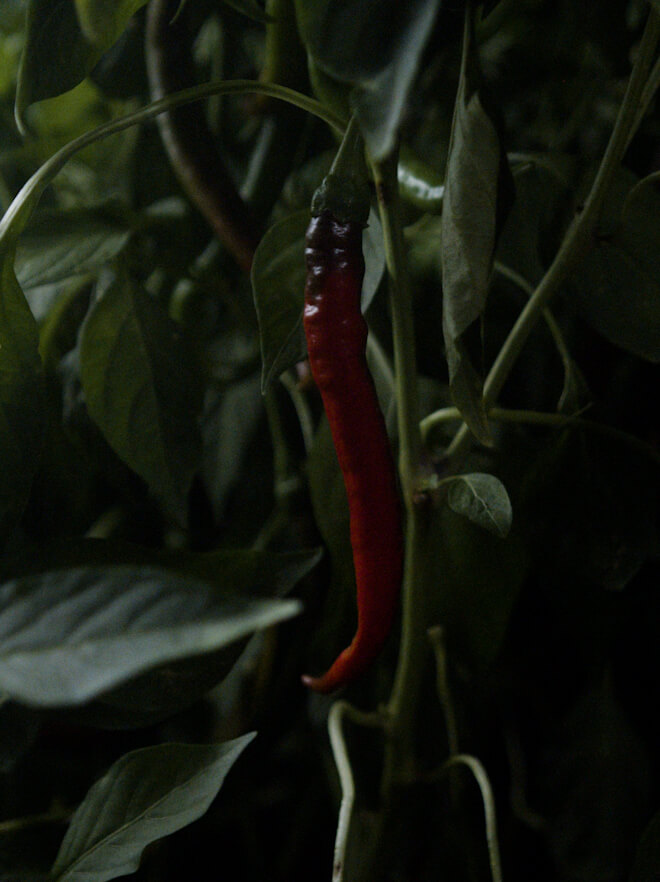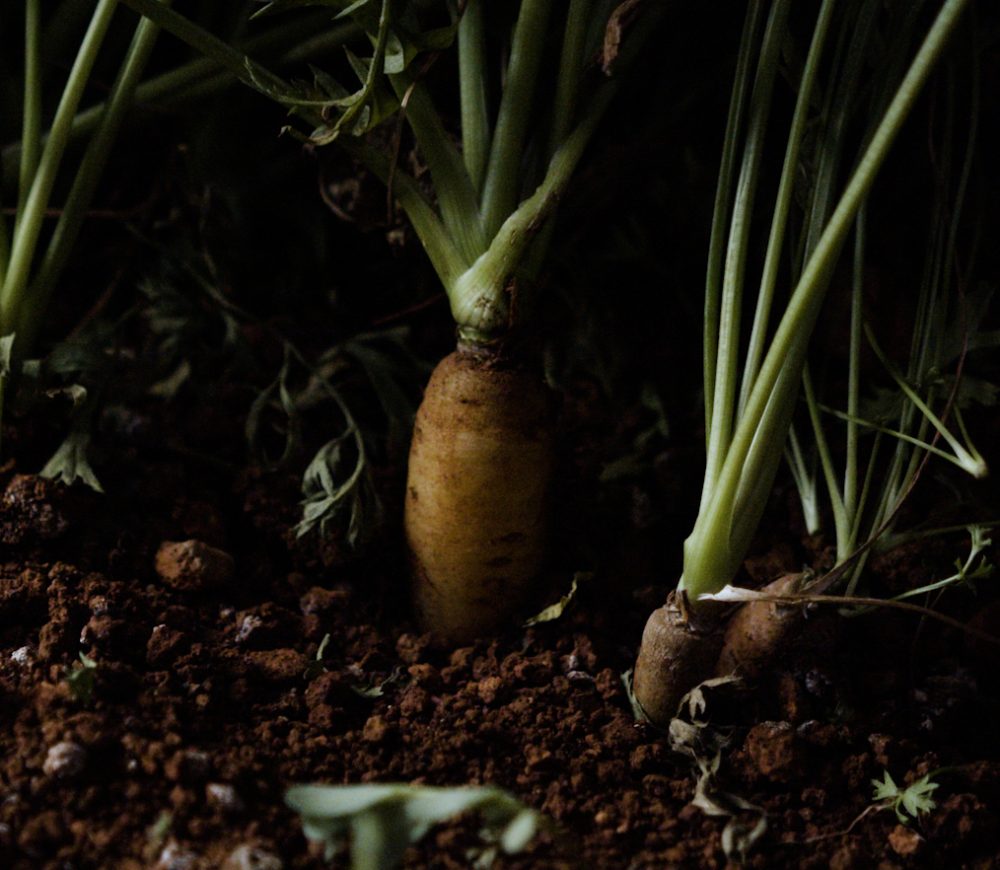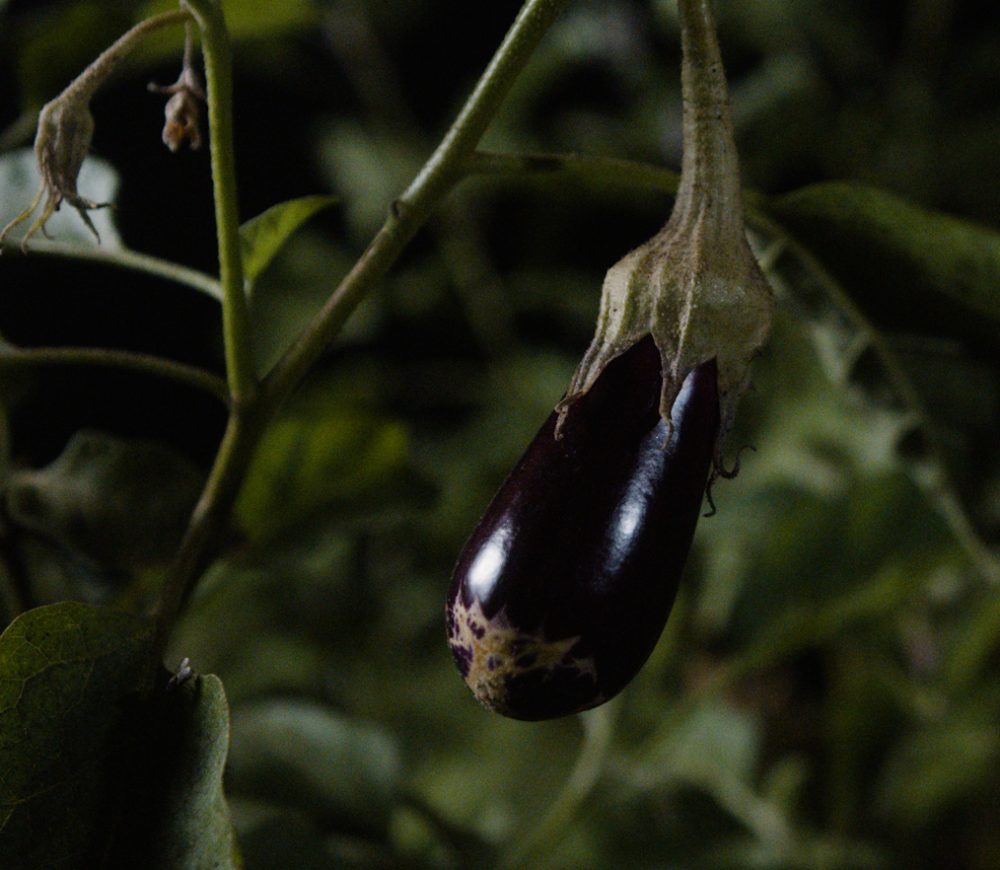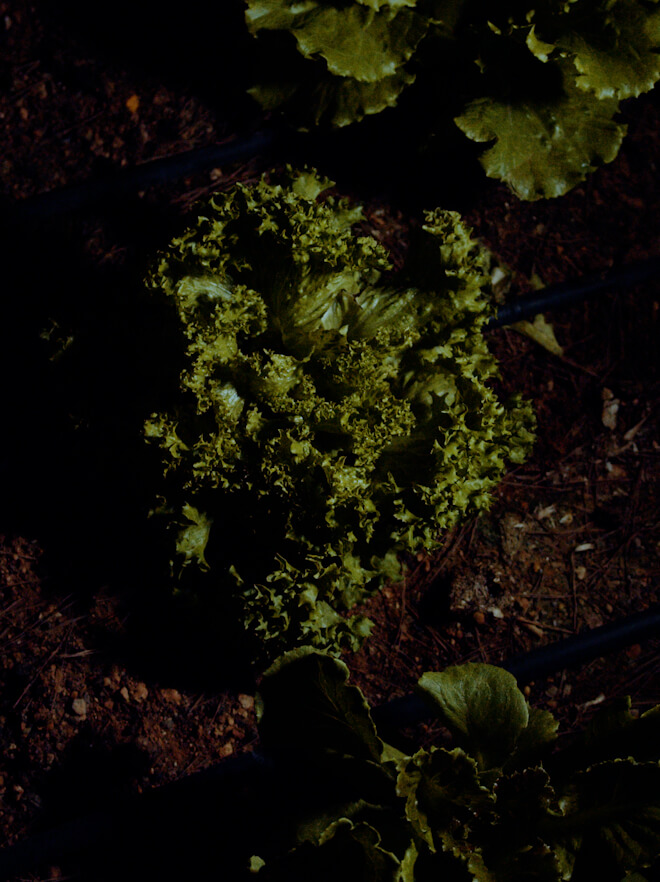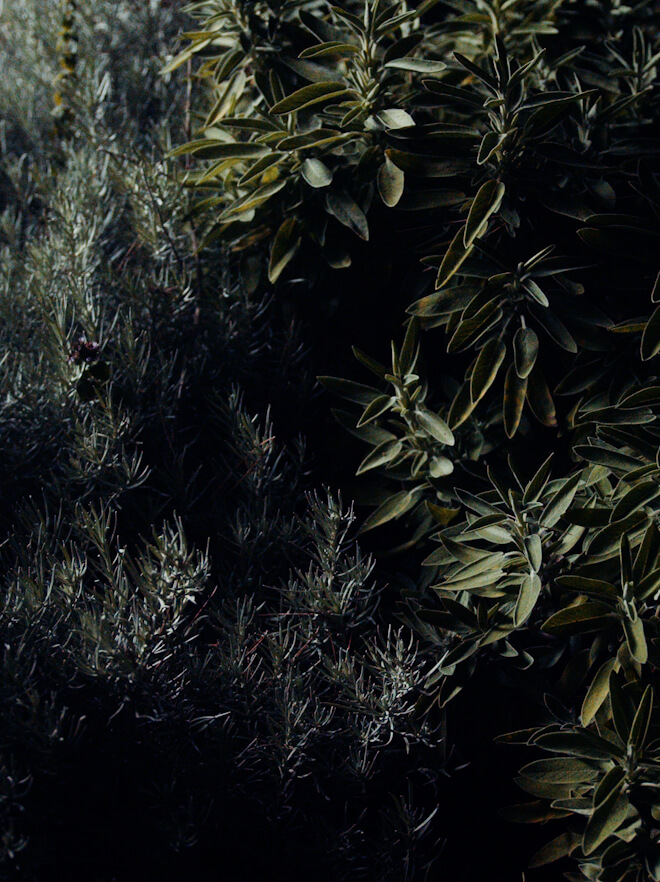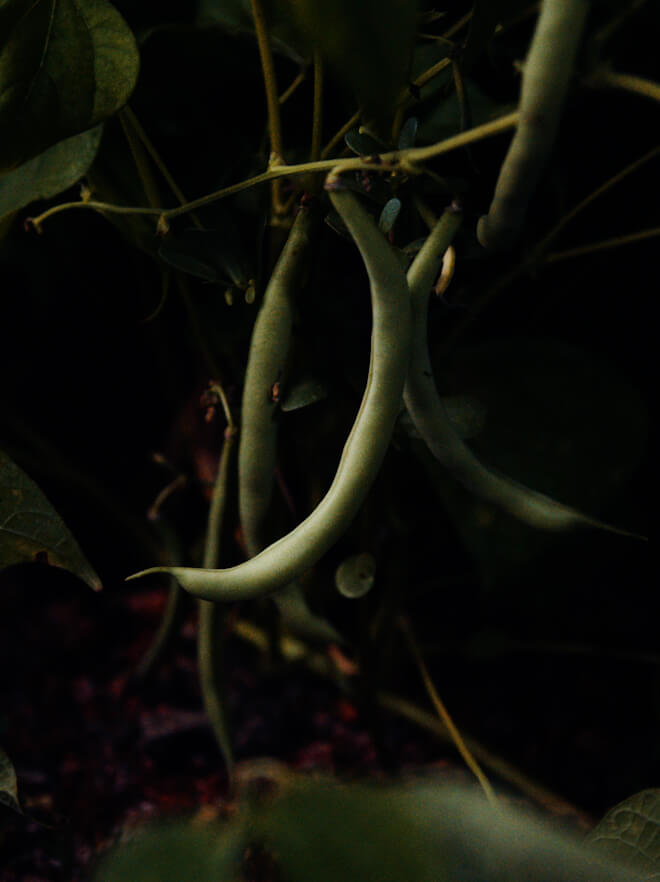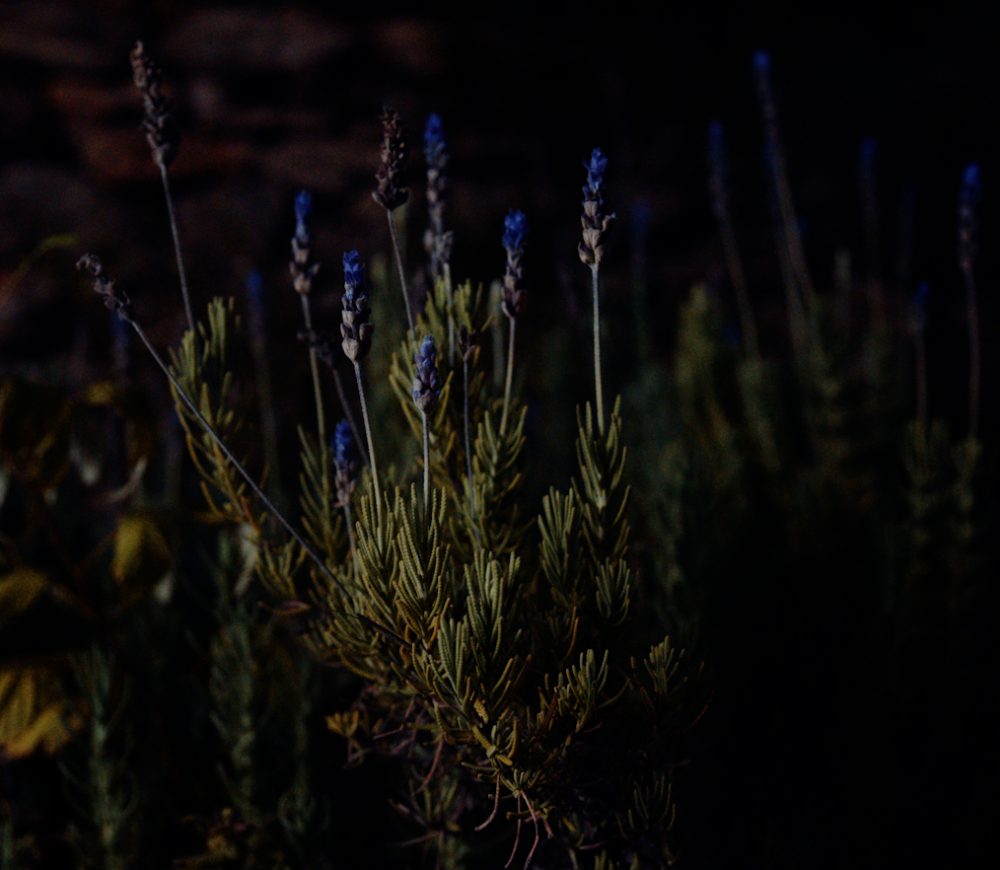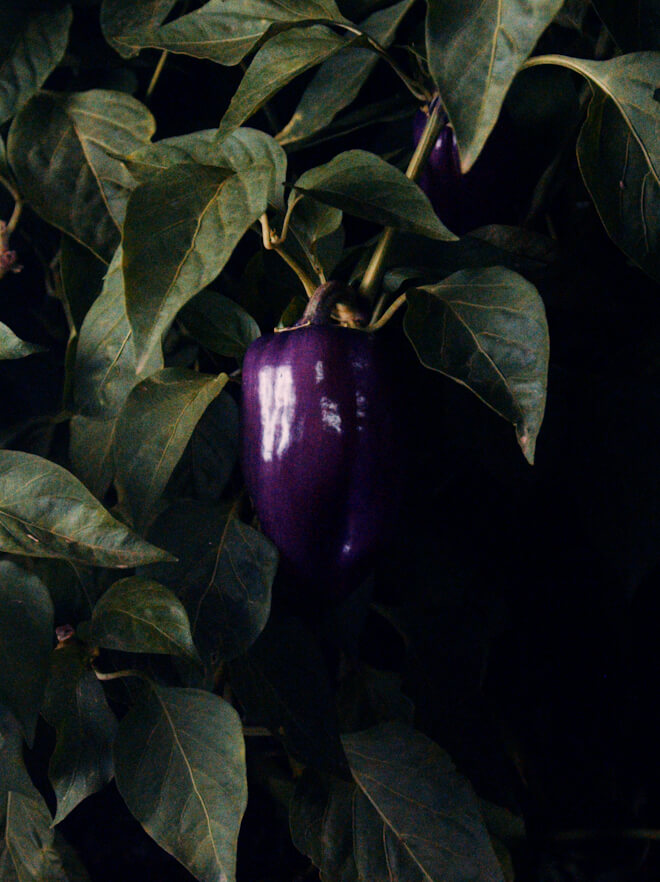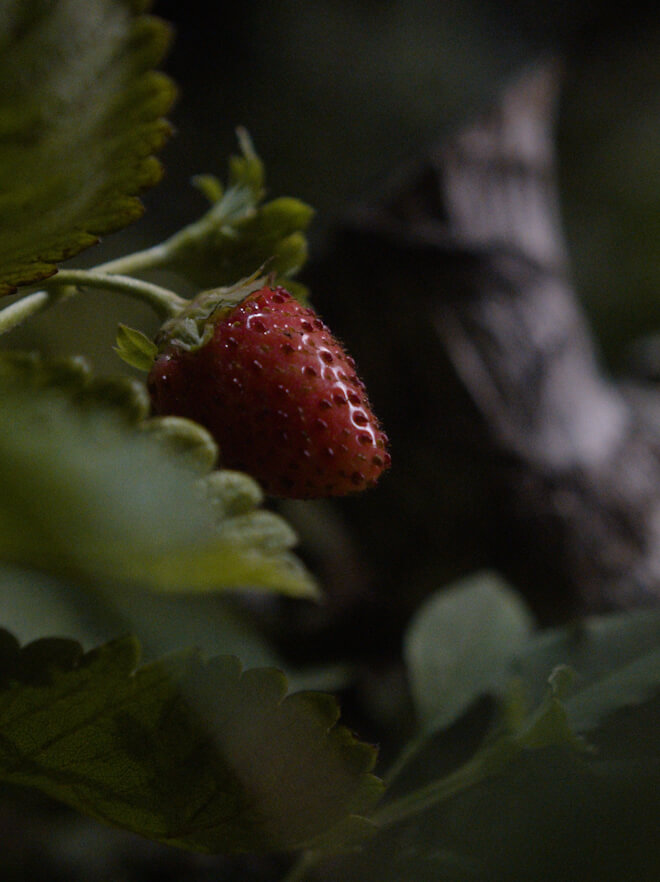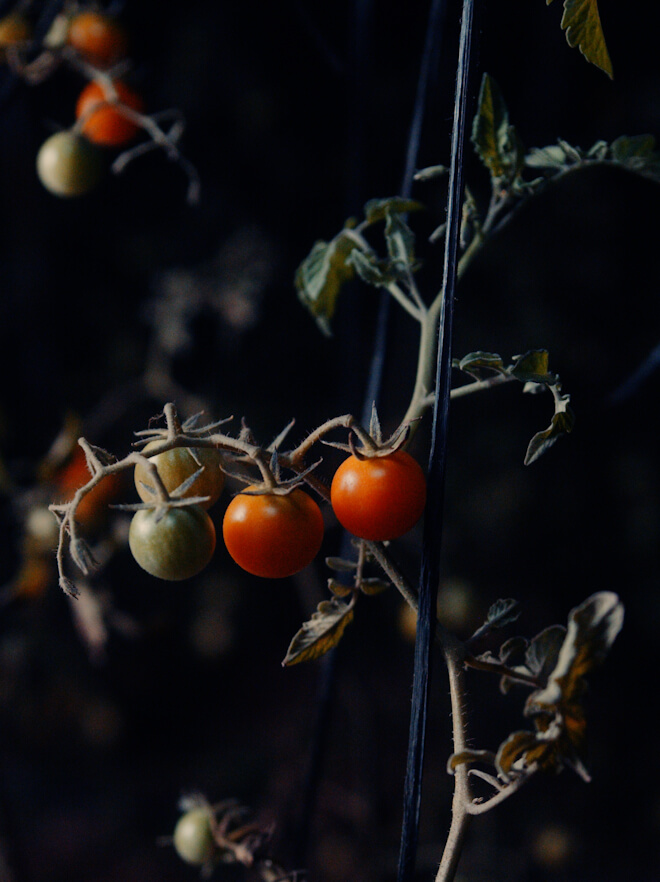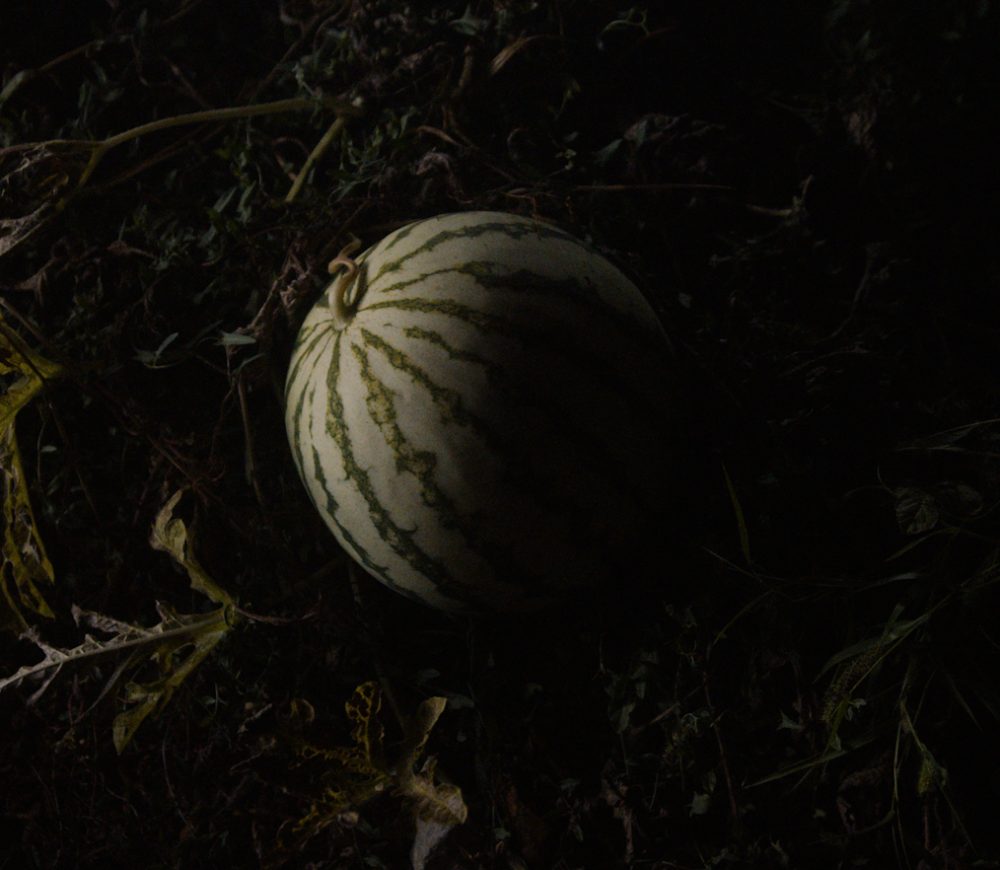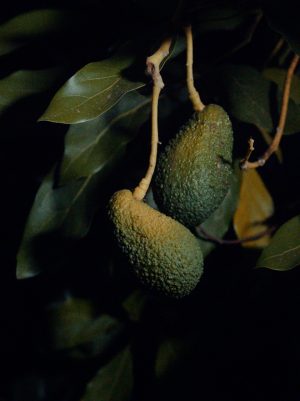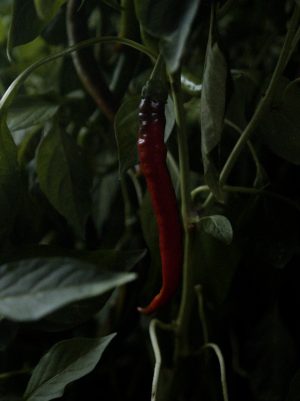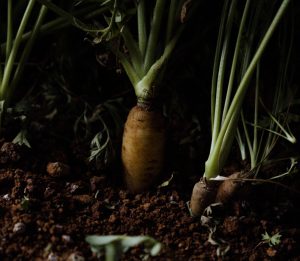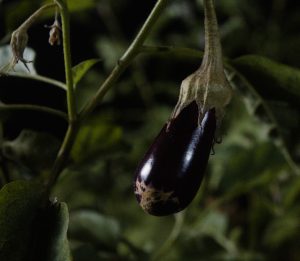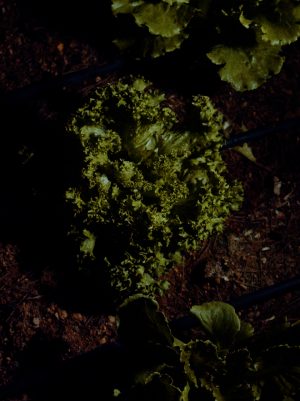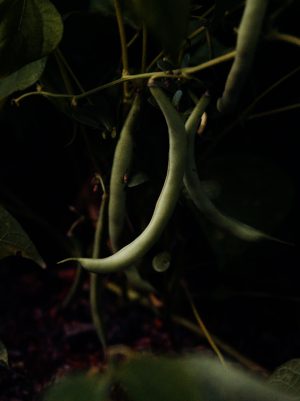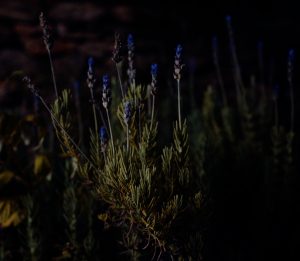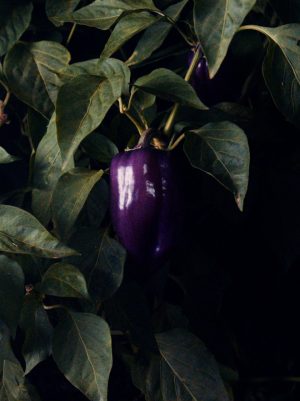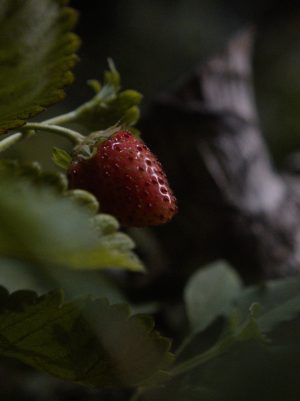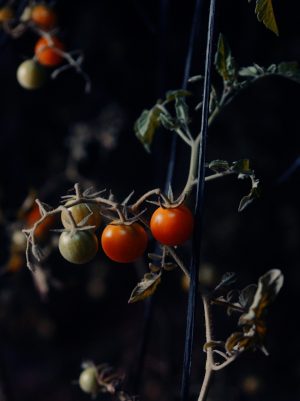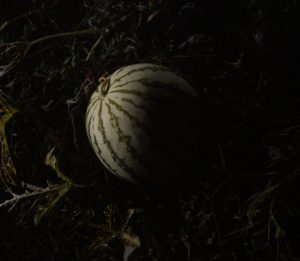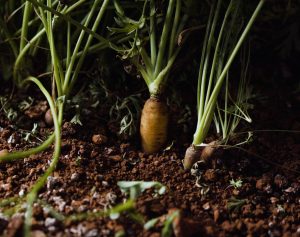
03
Carrot
“As a farmer, there’s your tried and true varieties, where you know the flavor is good. But then I like to switch it up and experiment with different varieties that maybe are new on the scene or I've heard a friend use,” said Andy, who, as the head farmer, plans the crops for the coming seasons, pouring excitedly over the seed catalogs that arrive in November.
“We have yellow, purple, orange carrots, which is really nice—so colorful,“ said farmer Oscar de la Fuente of La Granja’s varied crop of the root vegetable, which is grown together with beets, according to the wisdom of companion planting.
Chef Eduardo Fiaschi is a fermentation specialist.
Though carrots are famous for their crunchy sweetness and packed punch of vitamins and minerals (especially beta-carotene, a compound that supports vision and eye health), the non-orange varieties are less known. Along with having lower sugar content, purple and yellow carrots, which actually predate their orange cousins, offer different nutrients, like lutein, which helps prevent macular degeneration.
01




“If we see in the beginning that the beet greens are very tender, for sure we’re going to have amazing carrots,” said chef Jose Catrimán. “The taste is richer. It will have more protein,” he says, adding that each year the quality of the soil, and therefore the produce, improves.
02
![]()
![]()
“We started with nothing in the soil, but every veggie gives something to the earth, so now we have a super-rich garden,” says Jose.
03




The carrot crop is the second most popular vegetable in the world after potato. China ranks first in production, followed by Russia.
04
![]()
![]()
In addition to beta-carotene, carrots contain vitamins C and K, potassium and dietary fiber, which assist with weight loss and are linked to lower cholesterol levels.
05
![]()
![]()
At La Granja, carrots are served raw of course, but they’re also pickled, preserved and fermented—techniques that became especially central when the covid-19 lockdown left the farm with a surplus of uneaten produce.
06
![]()
![]()
“We were actually ready to serve 100 people from April, and we found ourselves with this mountain of produce, so we had to find a solution,” said Eduardo Fiaschi, a Tuscan-born chef Noma alum who studied fermentation under Danish master and Noma chef René Redzepi before joining Jose Catrimán at the helm of La Granja’s Kitchen in 2020.
07




With the carrots and chilies from the farm, Eduardo explained, “we do a kind of kimchi but a bit more Mediterranean. We put some rosemary inside and some thyme and all the botanicals that we can find on the farm.”
08
![]()
![]()
“Everything that you ferment, it's something that you keep alive,” said Eduardo. "That's something that I think is really cool. It keeps growing taste-wise and also bacteria-wise. It’s probiotic, it's healthy. It's a different range of flavor."
Avocado
- Originated in south-central Mexico
- May help to ward off cancer and inflammation and assist digestion and heart health
- Harvested from late spring to early fall
- 4-7 years seed to harvest
Chili
- Originated in Mexico
- May help promote weight loss and relieve pain
- Grown in summer
- 60-95 days seed to harvest
Carrot
- Originated in Persia
- Improves health of eyes, skin, hair, growth, and immune system
- Grown year round
- 60-80 days seed to harvest
Eggplant
- Originated in southern Asia
- Strengthens bones, reduces symptoms of anemia, improves cognition and cardiovascular health, protects the digestive system
- Grown in summer
- 100-150 days seed to harvest
Greens
- A great source of beneficial plant compounds like antioxidants and polyphenols
- Strengthens heart health, lowers risk for numerous chronic diseases
- Grown year round
- 2-3 weeks seed to harvest
Herbs
- Rich with unique antioxidants, organic compounds, essential oils, vitamins and phytosterols
- Antiseptic and anti-inflammatory properties
- Thought to strengthen immunity and reduce risk of various diseases
Green Bean
- Originated in Peru
- Contains vitamins A, C, K, folic acid and fiber
- Supports brain health, repairs cell damage and strengthens bones
- Grown in summer
- 50-55 days seed to harvest
Lavender
- Originated in the Mediterranean and Middle East
- Antiseptic, anti-inflammatory, can help heal minor burns and insect bites
- Grown in summer
- 14-21 days from seed to harvest
Pepper
- Originated in the Americas
- Improves eye health and reduces risk of cancer, anemia and heart disease
- Grown late spring to early fall
- 60-90 days seed to harvest
Strawberry
- Originated in the Americas
- Contributes to skin and hair health, reduces the risk of cardiovascular disease and stroke
- Grown in spring
- 5 months to a year or more seed to harvest
Tomatoes
- Originated in the South American Andes
- Improves heart and skin health, may prevent cancer and other diseases
- Grown late spring to summer
- 60-80 days or more seed to harvest
Watermelon
- Originated in Africa
- Improves heart and eye health, lowers inflammation, assists with digestion and hydration
- Grown in summer
- 80 days seed to harvest
Contact
Berlin
Zur Alten Flussbadeanstalt 1
10317 Berlin, Germany
10317 Berlin, Germany
LISBON
Largo de Santa Marinha 1
1100-383 Lisbon, Portugal
1100-383 Lisbon, Portugal
Website by Studio Airport
